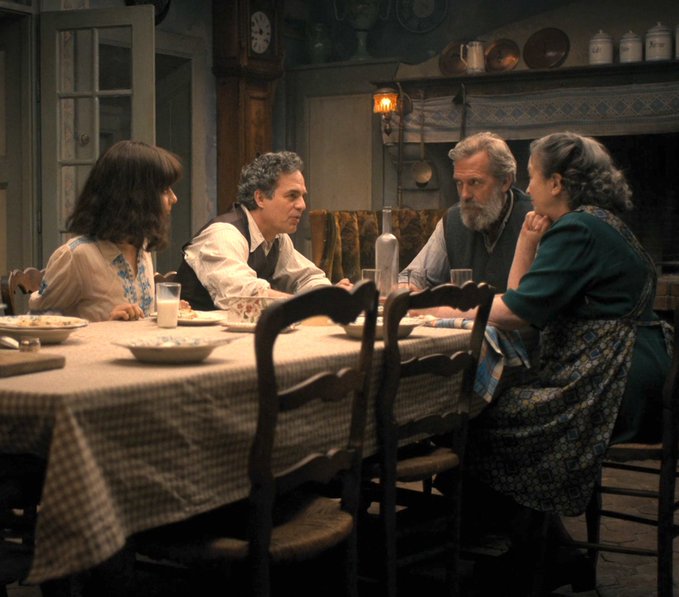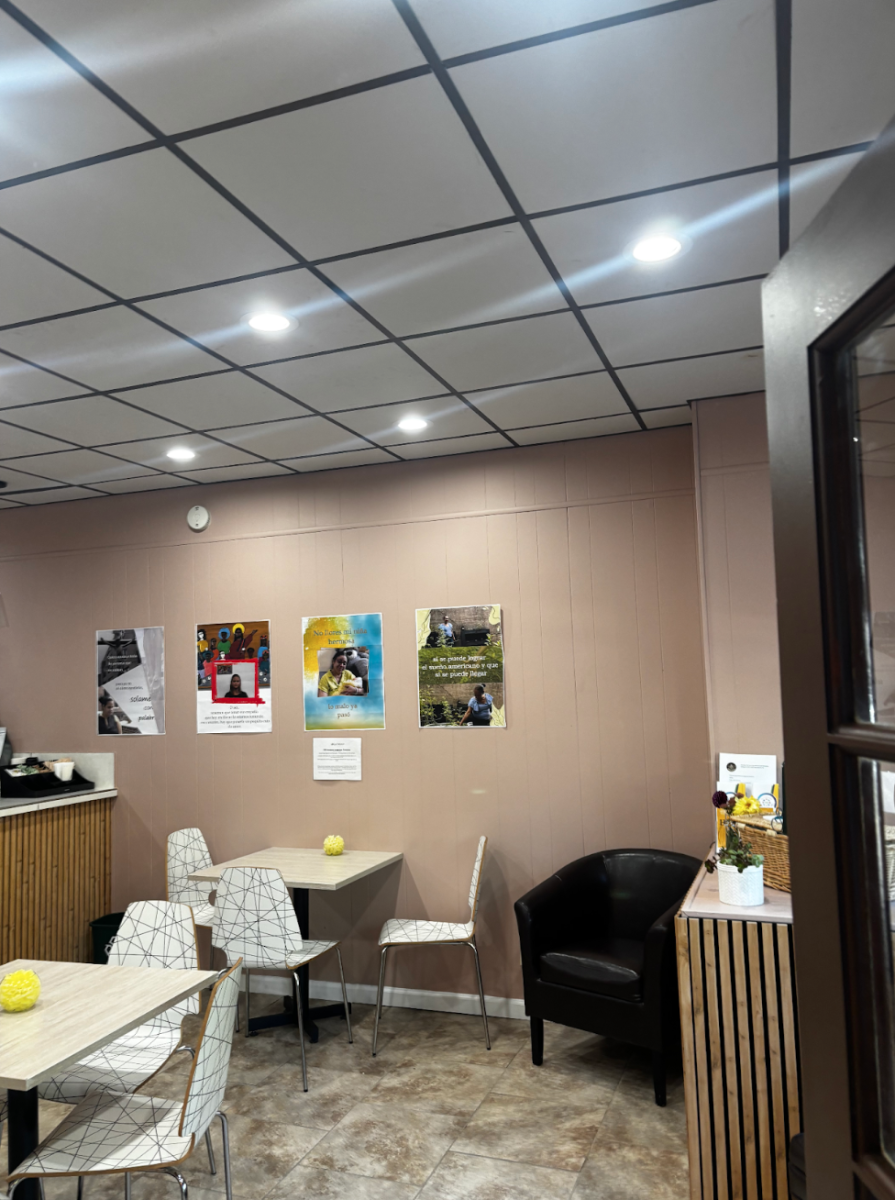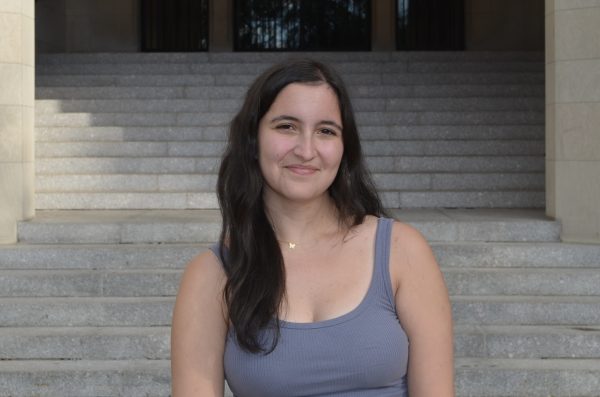Netflix released its miniseries “All the Light We Cannot See” on Nov. 2, following much anticipation. An adaptation of Anthony Doerr’s 2014 novel of the same name, which won the Pulitzer Prize for Fiction, the four-part miniseries follows a blind French girl named Marie-Laure LeBlanc and a young German soldier named Werner Pfennig during World War II.
I read “All the Light We Cannot See” several years ago, and clearly recall an overwhelming sense of gloom emanating from the story. It’s the kind of book you have to take a break from every now and then to protect your own happiness. The miniseries succeeds in imitating this gloom: it does well in portraying the all-encompassing darkness that comes with war. Most, if not all, scenes have a gray or dark hue to them, directly matching the environment of the characters with the story’s mood. The cruelty of war is depicted casually; there is little warning for gore and potentially shocking events such as gunfire, injuries and death. This concept reminds viewers that the story’s characters cannot escape the war until it’s over. While we know the war eventually ends and the Nazis are defeated, the show forces us to view the war through the characters’ eyes as a part of their everyday lives that cannot be escaped, seeping into every corner of their existences. Soldiers are depicted as aggressive, unrelenting and hardened by their duties, while other characters are more prone to showing emotion and feeling overcome by the daily horrors of the war. The contrasting stories of Marie-Laure and Werner, two young adults of different backgrounds thrown into opposite sides of a global conflict, show how war is complex and the things that happen during it often do not make sense.
Communication is a major theme throughout the story and is extremely important to all the main characters. Marie-Laure must learn to communicate without eyesight after going blind at a young age, and her father builds her a wooden model of Paris to help her learn how to navigate the city. Werner is made useful as a soldier with his skill for repairing radios and tracking signals. While Marie-Laure and Werner deal with different situations, they are brought together by witnessing the violence of the war. The series shrinks the conflict to the perspective of its main characters, but accomplishes its goal of showing the magnitude of the war. The story also demonstrates the importance of communication in both daily personal lives and the war on a grander scale.
Overall, I would recommend this miniseries to anyone who is interested in war stories. I enjoyed the unique perspectives that Doerr created in his novel and felt that they translated well to the screen. While the story is heart wrenching and might be difficult for some viewers, the overarching message that comes from the title is that there is light around us, even in the darkest of times. With how overwhelming global events can be, even for those not directly affected, this is a message we could all use sometimes.











































































































































































































